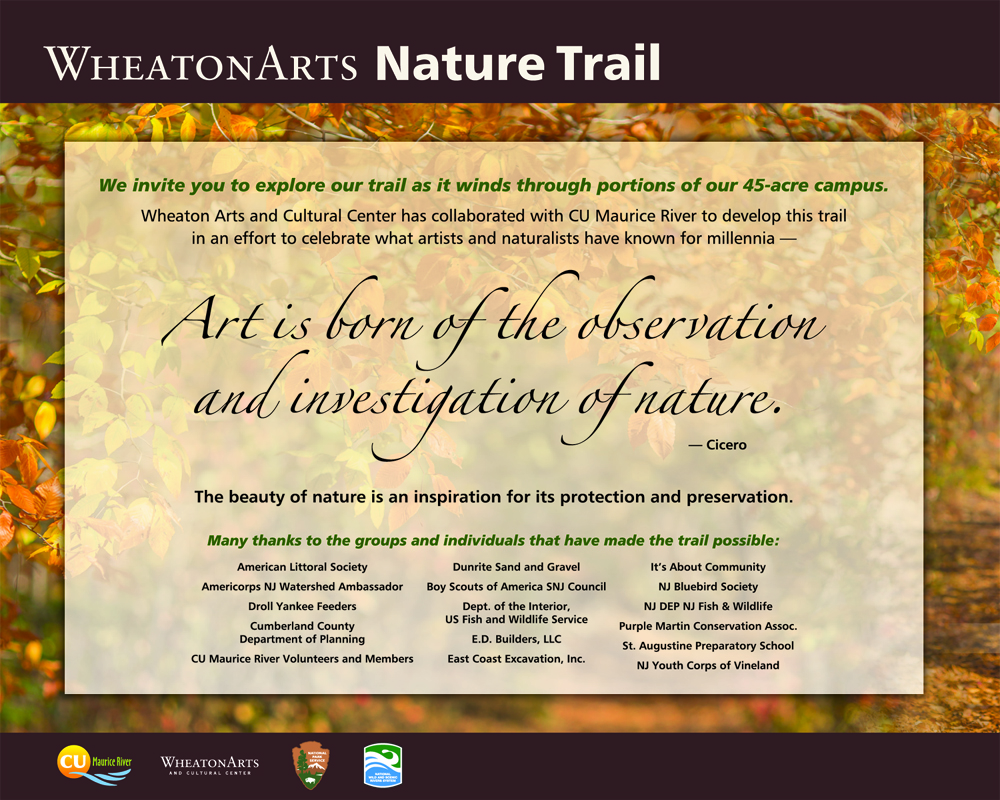
The Nature Trail, developed by WheatonArts and the Citizens United to Protect the Maurice River and Its Tributaries, is now open! Walk the Nature Trail and learn about the wildlife and natural areas of the region. The stops along the nature trail include facts about wildlife and tips on how to preserve the environment. The Nature Trail is free and open to the public during our operating hours.
Click here for a PDF of the WheatonArts Nature Trail Scavenger Hunt.
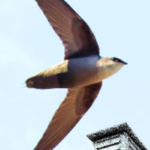
Purple Martins
Progne subis
Landlords for the Birds
Deforestation has reduced habitat for cavity nesting birds that use hollow dead trees and caves for housing rather than raising their young in an open nest. Some species have become quite dependent on man-made structures.
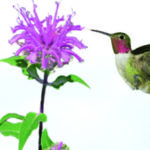
Ruby-throated Hummingbird
Archilochus colubris
Wildlife-Friendly Backyards
Bird feeding stations have long contributed to an appreciation of nature, often sparking a lifelong interest in wildlife stewardship. For many people their first introduction to the natural world is in their own backyard, observing creatures going about their daily lives. While birds eat berries and seeds, it’s important to recognize that insects, e.g. caterpillars, ants, and beetles, are just as crucial to their survival. Butterflies rely on nectar sources, and their caterpillars depend on specific food plants, so having the right native plants is vital to their survival.
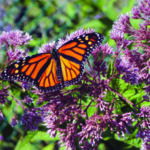
Joe-Pye Weed
Eupatorium purpureum
Rain Gardens
During a rain event, stormwater rushes across hard surfaces such as roads, sidewalks, buildings, and rooftops, finding its way directly into waterways and storm drains. Stormwater can transport pollutants such as road salts, motor oil, grass clippings, fertilizers, pesticides, animal waste, litter, and sediments into rivers and streams, causing pollution.
A rain garden is a shallow depression planted with native flora. When located near a runoff source like a downspout or driveway, it can capture rainwater and mitigate these negative effects.
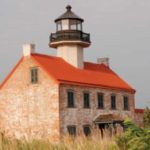
East Point Lighthouse
Heislerville, NJ
Explore Down Jersey’s Natural World
The wayside exhibits along the WheatonArts Trail offer some insights into the natural world. Each sign also lists ways you can help support plants and animals in order to enhance their welfare as well as protect our environment. The trail offers samples of some of our region’s natural environments and their inhabitants. We hope the trail will act as a springboard, enticing you to expand your visit for a weekend or to enjoy our region’s many natural areas for a lifetime. The map below shows the rich variety of nearby public lands that you can explore.
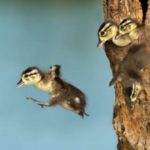
Wood Ducks
Aix sponsa
Wood Ducks
During the industrial revolution, trees were cut for cordwood to fire the furnaces that ran machines in US factories. few ancient forests remain in North America. In fact, Bear Swamp is the only primeval forest in Southern NJ. Because old forests are rare, larger cavity-nesting birds find it especially difficult not find sizable trees to incubate their eggs. Today conservationists have established man-made nesting box programs to mitigate their loss.
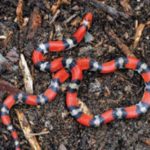
Northern Scarlet Snake
Cemophora coccinea copei
Woodland Snake Hibernation
Some people avoid snakes because they don’t understand them. That just may be a snake’s most effective defense. Unjustified fears often cause people to kill them. But serpents are an important part of our ecosystem. Snakes, like other reptiles and amphibians, are cold-blooded, and rely on ambient temperature for body warmth. In the winter they hibernate, dropping their metabolic rate to conserve energy. Snakes will overwinter below the front line in abandoned mammal dens, old tree roots, and in stump holes. They must find a den before temperatures drop, or else risk freezing. As development and human activity expand into former habitats, prime breeding and nesting areas disappear.
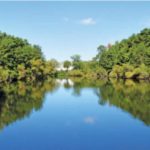
WheatonArts Pond
WheatonArts Pond
This pond was created in the late 1960s when Wheaton Industries removed soil for the construction of a building at a different site. In the process a spring filled the borrow pit with water. Frank Wheaton, Jr., CEO and founder of WheatonArts, is said to have welcomed the new pond.
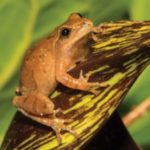
Northern Spring Peeper
Pseudacris crucifer crucifer
Vernal Pools
Depressions in the ground that can hold water for at least two consecutive months, generally from winter to spring, are called vernal pools. These pools are generally dry in the summer and fall. As a result they do not support fish populations that eat amphibian eggs and larvae.
With the onset of spring rains, frogs, toads, and salamanders emerge from their winter dens. In the cloak of darkness, they migrate, for breeding, to vernal pools filled with winter melts and early season rains.
Species known as obligate vernal pool breeders have evolved to use this fish-free habitat to successfully breed. Some of New Jersey’s amphibians can breed in both vernal pools and in waters that host fish. These species are facultative vernal pool breeders.
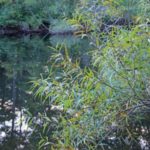
Black Willows
Salix nigra
Backyard Stewardship
Are you trying to attract wildlife to your backyard?
To create a dynamic habitat, you need to provide these three essentials:
– Food: Choose plants which provide nutrition for wildlife and support vital insect populations
– Shelter: Include refuges to protect animals from the elements and predators
– Water: Provide water for a variety of wildlife species by incorporating a pond or stream in your landscape

